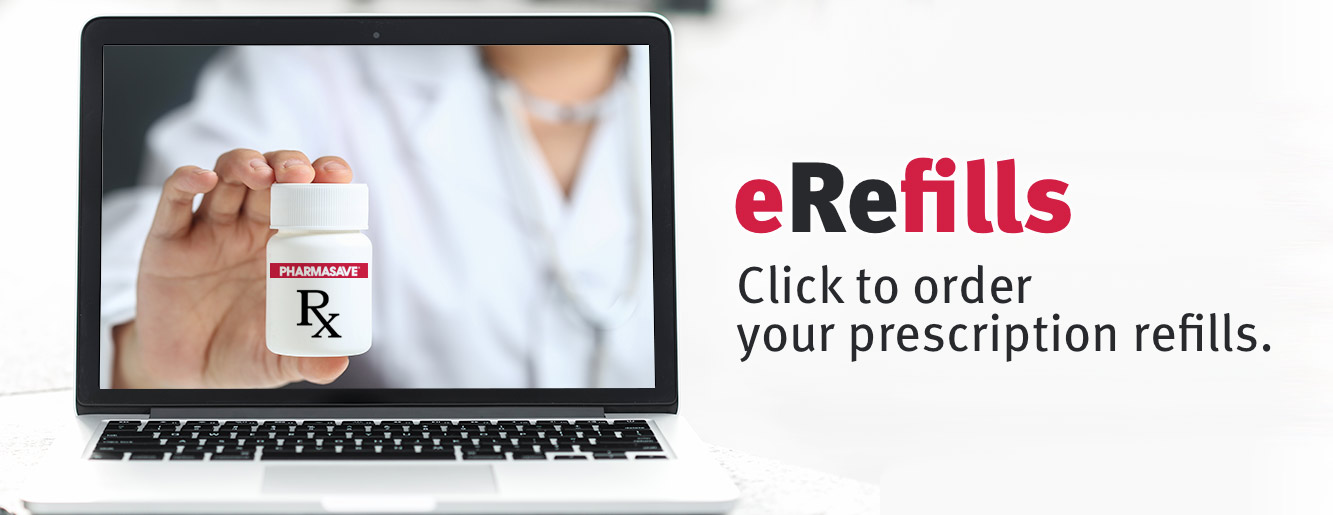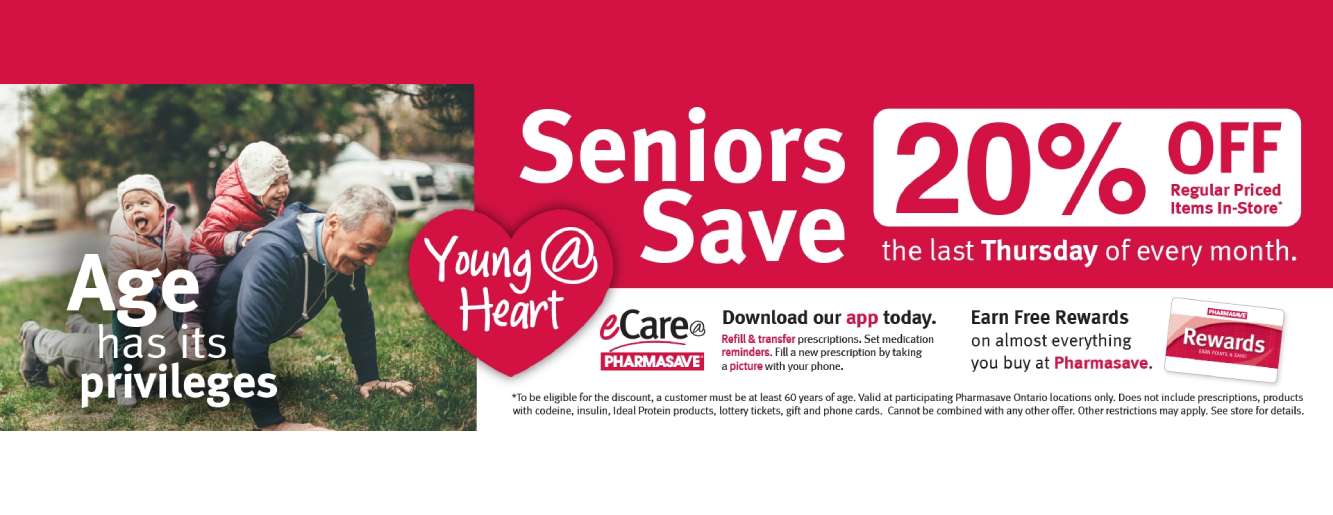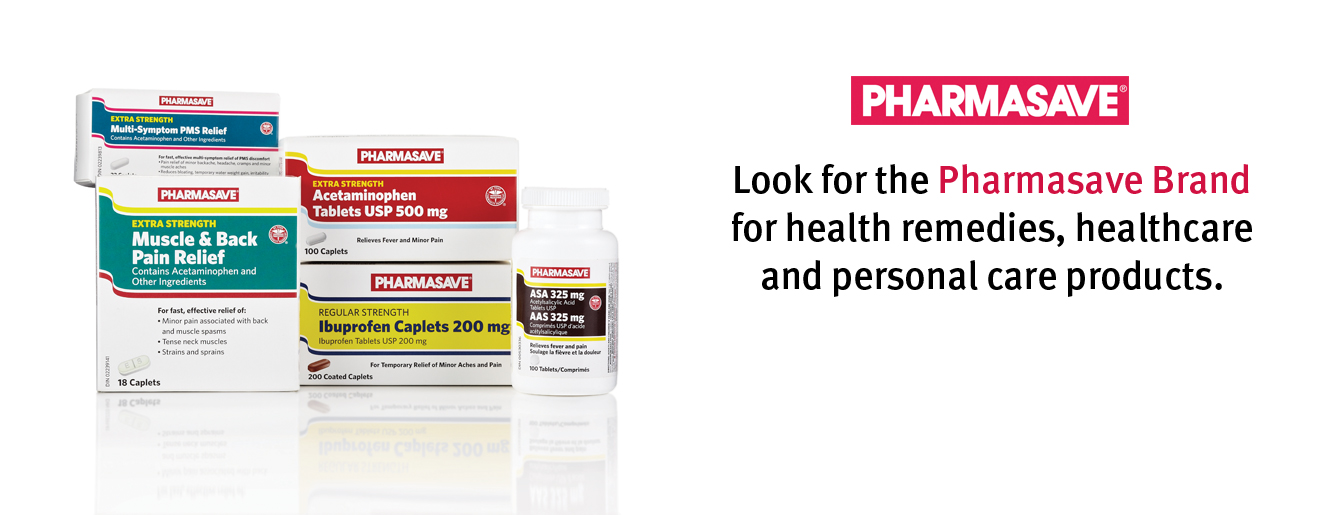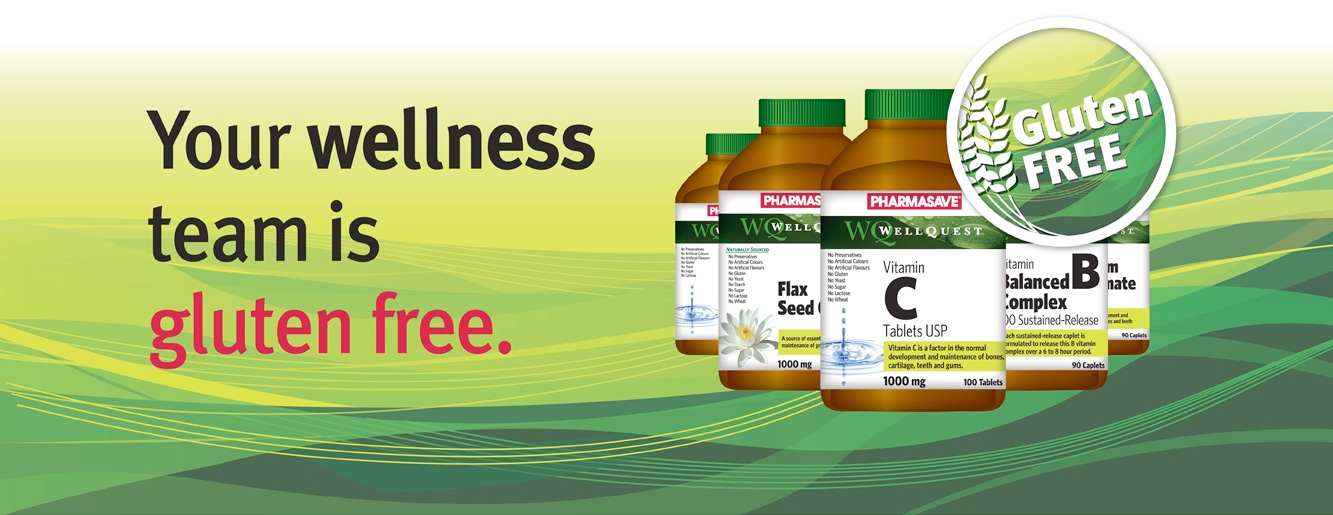Why should I be concerned about UVA and UVB rays?
Both UVA and UVB are forms of ultraviolet radiation from the sun which can cause skin cancer, the most prevalent form of cancer. UVB rays are associated with sunburns (“B for burns”) but it is important to have adequate protection from both UVA and UVB rays.
When should I apply sunscreen?
Anytime you spend any significant amount of time in the sun with some sources even suggesting using sunscreen daily for anyone over 6 months of age. Harmful exposure to UVA and UVB can still occur on overcast days and through glass (mostly UVA). For some individuals and circumstances, sunburns can occur in less than 15 minutes.
What does SPF mean?
SPF stands for Sun Protection Factor and is a measure of how much longer it takes to get a sunburn (from UVB rays) with the sunscreen on than it would without. For example, with an SPF factor of 15, it takes about 15x longer to develop a sunburn than it would without wearing any sunscreen.
How should I apply sunscreen?
For an average sized adult, it is recommened to apply at least 1 ounce (30mls) or a golf ball sized quantity (ie: a generous amount) on skin that will be exposed to the sun, 30 minutes prior to sun exposure. Rub sunscreen onto skin until you can’t see the white of the cream or lotion anymore. Reapply sunscreen at least every 2 hours and more often if you go into the water and/or are sweating. Apply sunscreen before insect repellent for both lotion and creams.
What SPF factor should I use?
This depends on the degree of fairness of the skin, such that a lighter skin tone would generally require a higher SPF factor. For most individuals I would recommend an SPF between 30 and 50 as it is debatable if there is any significant benefit of using an SPF above 50. SPF DOES NOT refer to the degree of UVA protection which is an important distinction.
What type of sunscreen should I use?
Look for broad spectrum sunscreens which have both excellent UVA and UVB protection. Ingredients to look for include physical barrier agents such as zinc oxide or titanium dioxide which both block UVA and UVB rays. Look for specific UVA blockers such as avobenzone (Parsol 1789 tm) and Mexoryl in addition to adequate SPF rating. Certain individuals may benefit from getting sunscreen with terms such as hypoallergenic (less likely to cause skin reactions) and non-comedogenic (does not clog pores). “Waterproof” sunscreen is a controversial term as it may confer a false sense of security since it is still advised to reapply sunscreen after getting wet.
What other measures can I take to protect myself?
Avoid times of the day when the sun is strongest, such as between 10am and 2pm. Wear a wide brimmed hat, use UVA/UVB spectrum blocking eyewear and wear clothing with a tight weave. For instance, if you can see through the clothing you are at risk of a sunburn and UVA exposure.
What measures can I take if I do get a sunburn?
Prevention is always best but if a sunburn occurs avoid further exposure to UVA and UVB rays as soon as possible and ensure adequate hydration. A cool shower and/or bath and over the counter painkillers may provide some relief. Use caution when using products containing aloe or anesthetics such as xylocaine or lidocaine as some individuals may be sensitive to these ingredients. Cases involving blistering, rash, fever, itching and severe dehydration with any symptoms such as extreme thirst, confusion, inability to produce sweat or tears, sunken eyes, skin that doesn’t bounce back, rapid breathing and heart rate and low blood pressure should seek immediate medical attention from a doctor.






